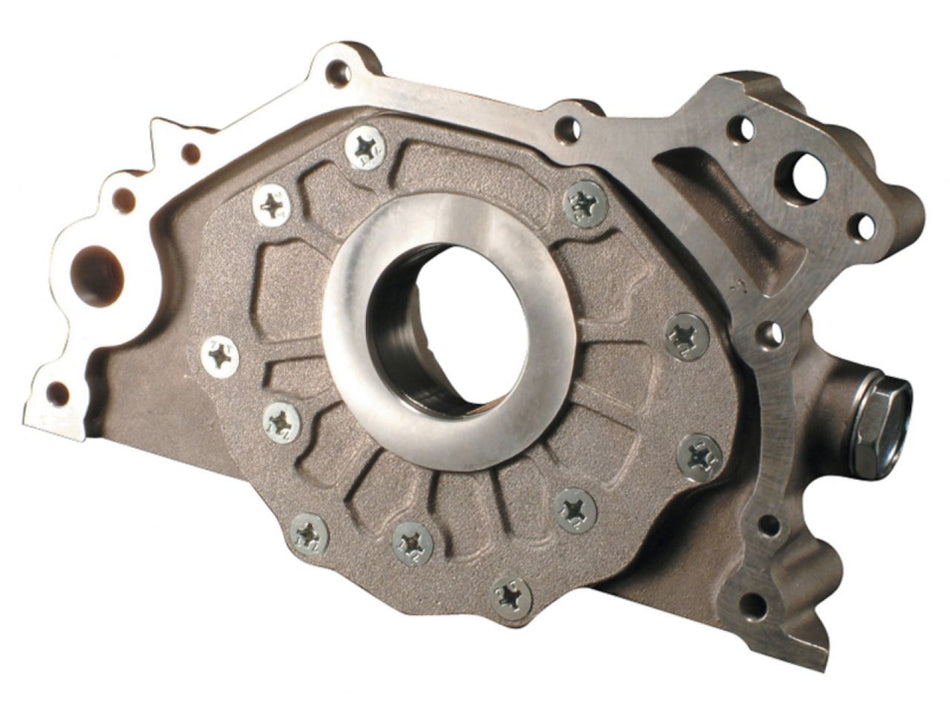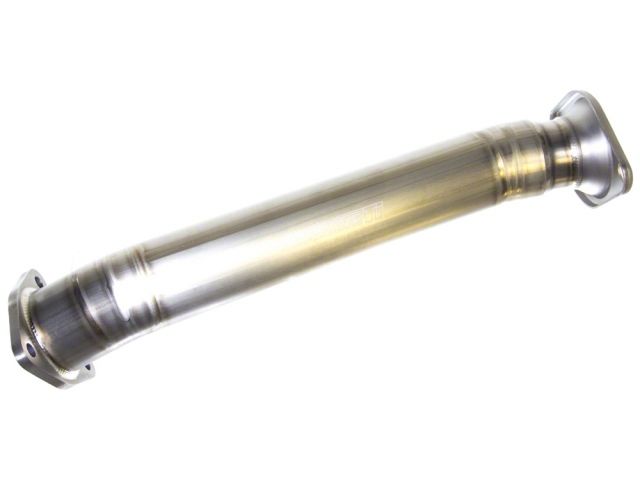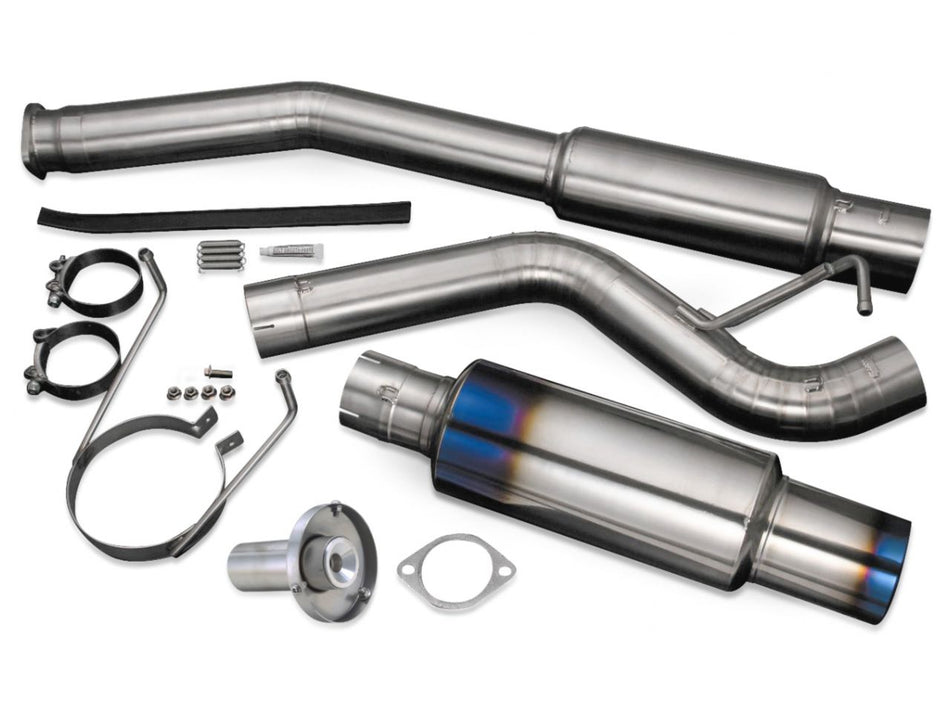About Powertrain
The Ultimate Guide to Automotive Aftermarket Performance Powertrain, Intake, and Exhaust Parts
Upgrading your vehicle's performance requires a combination of powertrain, intake, and exhaust enhancements. These systems work together to maximize power, efficiency, and reliability, giving your vehicle an edge whether on the street, track, or off-road. The automotive aftermarket offers countless options, allowing enthusiasts to tailor their vehicles for optimal performance.
Let’s explore how aftermarket upgrades to the powertrain, intake, and exhaust systems can transform your ride.
What Are Aftermarket Powertrain, Intake, and Exhaust Parts?
- Powertrain Parts: Replace or enhance components like the transmission, clutch, driveshaft, and differential for better power delivery and durability.
- Intake Parts: Upgrade your air intake system to improve airflow to the engine, increasing horsepower and throttle response.
- Exhaust Parts: Optimize exhaust flow with performance headers, catalytic converters, and mufflers to reduce backpressure and unlock additional power.
Benefits of Aftermarket Performance Upgrades
- Enhanced Power: Combining intake, exhaust, and powertrain upgrades maximizes horsepower and torque.
- Improved Efficiency: Modern aftermarket parts reduce air resistance, drivetrain losses, and fuel consumption.
- Greater Durability: Performance parts are built to handle high-stress conditions.
- Tailored Performance: Customize your vehicle for specific applications like racing, off-roading, or daily driving.
Popular Aftermarket Powertrain Upgrades
1. Performance Transmissions
Faster shifting and better torque handling make performance transmissions ideal for high-power applications.
2. Upgraded Clutches
Performance clutches prevent slipping under heavy loads, essential for turbocharged or supercharged vehicles.
3. Lightweight Driveshafts
Carbon-fiber or aluminum driveshafts improve acceleration by reducing rotational mass.
4. Limited-Slip Differentials
An LSD improves traction by evenly distributing power, critical for high-performance or off-road use.
5. High-Performance Torque Converters
Optimize your automatic transmission’s stall speed for quicker launches and smoother power delivery.
Key Intake System Upgrades
1. Cold Air Intakes
Cold air intakes draw cooler, denser air into the engine, resulting in increased power and better throttle response.
2. Performance Air Filters
High-flow air filters improve airflow while protecting your engine from contaminants.
3. Intake Manifolds
Upgraded intake manifolds optimize air distribution to the cylinders, enhancing overall performance.
Popular Exhaust System Upgrades
1. Headers
Performance headers reduce exhaust backpressure, improving horsepower and torque.
2. High-Flow Catalytic Converters
High-flow catalytic converters increase exhaust flow while maintaining emissions compliance.
3. Cat-Back Exhaust Systems
Replacing the exhaust from the catalytic converter back enhances exhaust flow and produces a more aggressive sound.
4. Performance Mufflers
Mufflers designed for performance reduce sound restrictions while boosting exhaust efficiency.
Combining Intake, Exhaust, and Powertrain Upgrades
When you upgrade the intake and exhaust, your engine breathes better, allowing powertrain components to handle the increased output. For example:
- Pairing a cold air intake and cat-back exhaust system can unlock 10-20 additional horsepower.
- Adding a lightweight driveshaft and performance transmission ensures efficient power delivery to the wheels.
How to Choose the Right Upgrades
- Define Your Goals: Do you want more power, better fuel economy, or improved durability?
- Consider Compatibility: Ensure all components—powertrain, intake, and exhaust—work together seamlessly.
- Select Trusted Brands: Opt for reliable brands like K&N, Borla, Tremec, or MagnaFlow.
- Professional Installation: Hire experts for complex upgrades to maximize performance and safety.
Maintenance Tips for Aftermarket Systems
- Powertrain: Regularly check components like the clutch, driveshaft, and differential for wear.
- Intake: Clean or replace air filters as needed to maintain airflow.
- Exhaust: Inspect for leaks, rust, or loose connections to preserve efficiency.
Final Thoughts
Upgrading your vehicle with aftermarket powertrain, intake, and exhaust parts is the ultimate way to enhance performance. By improving airflow, exhaust flow, and power delivery, you can unlock your vehicle’s true potential. Explore the wide range of options in the aftermarket and take your ride to the next level!



















